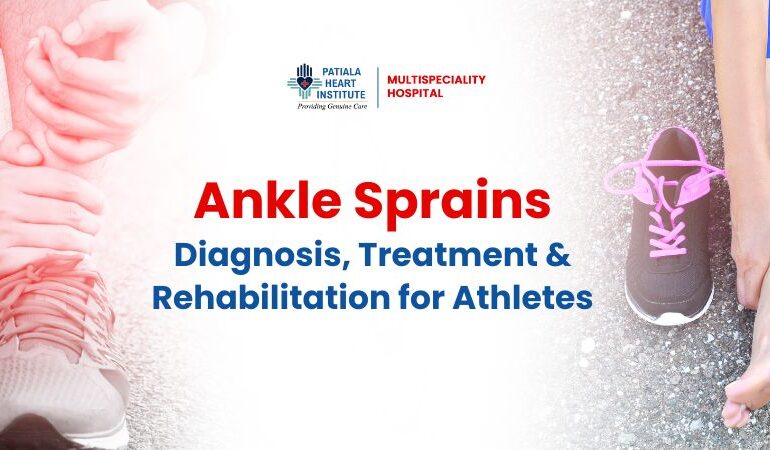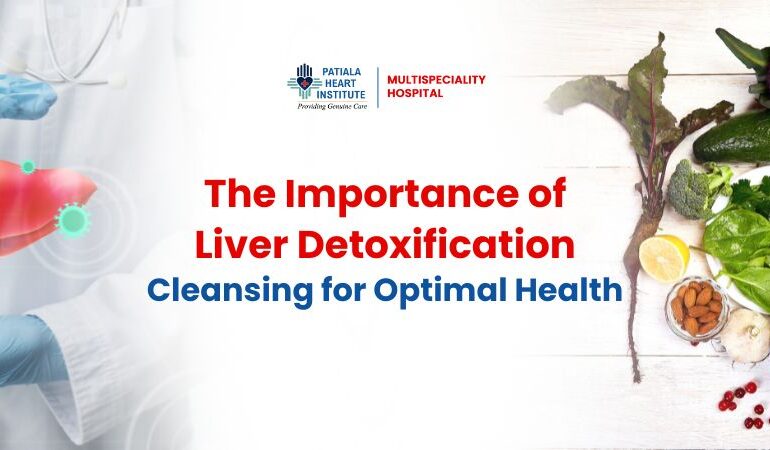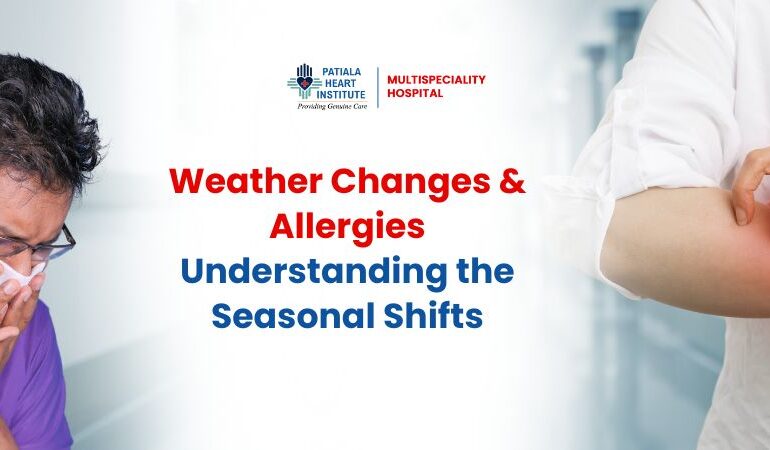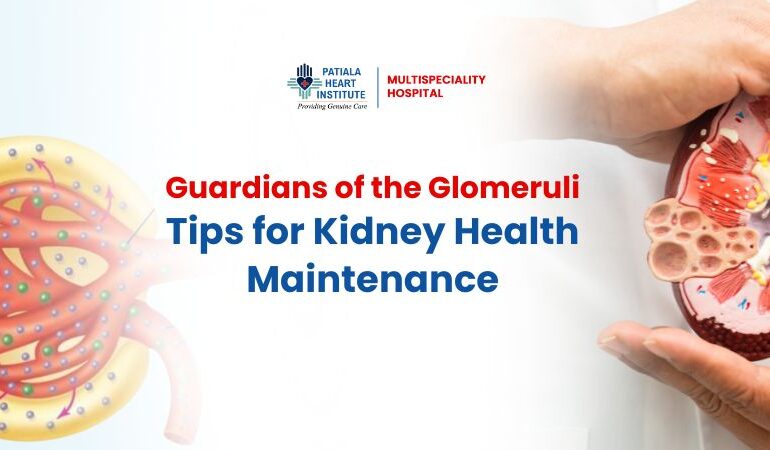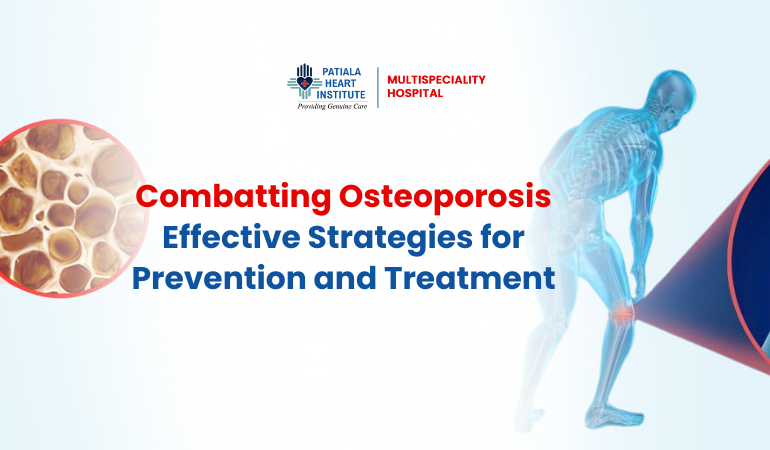An ankle sprains occurs when the ligaments surrounding the ankle joint are stretched or torn due to excessive force, twisting, or rolling of the foot beyond its normal range of motion. It is a common injury among athletes, characterized by pain, swelling, and instability in the affected ankle. Proper diagnosis, treatment, and rehabilitation are crucial …
